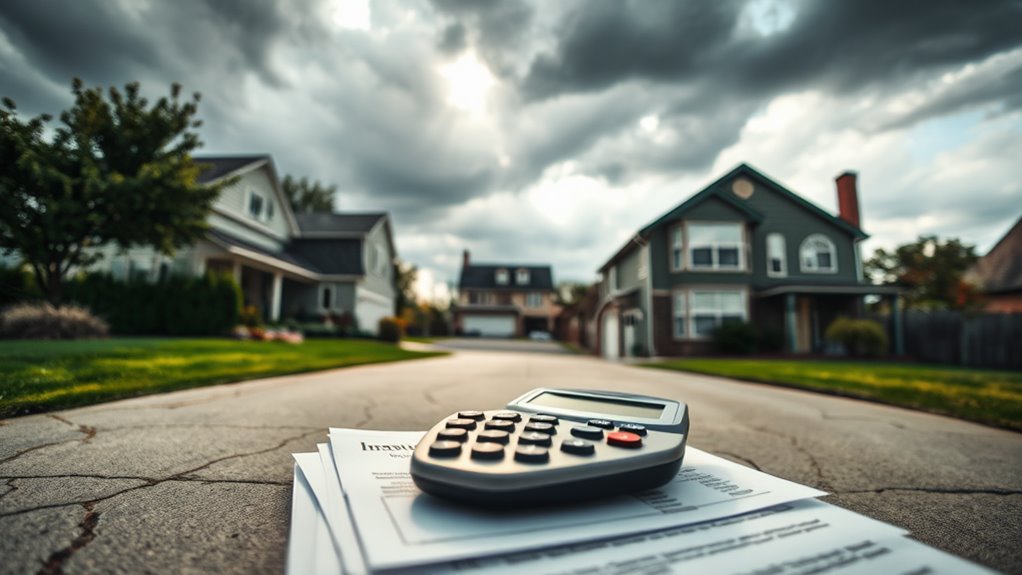Imagine maneuvering a winding road without a map; that's how understanding non-owner insurance can feel when considering its impact on premium rates. This type of coverage emphasizes liability, often leading to lower costs compared to traditional policies. Yet, factors like age, location, and driving history intricately shape what you pay. If you maintain continuous coverage, you might just safeguard yourself against future rate hikes. What other elements could affect your premium in ways you hadn't considered?
If you frequently drive cars that aren't yours, non-owner insurance might be a smart choice for you. This type of liability insurance protects you when you operate someone else's vehicle, providing coverage for bodily injury and property damage in the event of an accident. Non-owner policies serve as secondary coverage, paying out after the primary owner's insurance has been exhausted. However, it's essential to understand that non-owner insurance doesn't cover damages to the vehicle you're driving, so your focus should be on liability protection.
When considering non-owner insurance, eligibility plays a key role. Typically, it's required for individuals with serious traffic offenses like DUI or DWI who don't own a vehicle. If you find yourself borrowing cars frequently or renting vehicles, this policy becomes particularly relevant. However, if a household member owns a vehicle, you generally can't purchase a non-owner policy since you'd need to be listed on their insurance.
Non-owner insurance primarily covers liability, excluding extensive or collision aspects, which can greatly affect your premium rates. The coverage types within non-owner insurance include bodily injury liability, which compensates for injuries to other drivers or passengers, and property damage liability, which covers damages to other vehicles or property. Some policies may also offer uninsured/underinsured motorist coverage, protecting you against inadequately insured drivers. Understanding these coverage options can help you gauge how they influence your overall insurance costs. Non-owner car insurance is designed for individuals who do not own a vehicle but may drive others' cars. Additionally, many states require proof of liability insurance coverage to legally drive, which can impact your decision to obtain non-owner insurance.
When it comes to purchasing non-owner insurance, you'll find that both major and smaller insurance companies offer these policies. It's advisable to verify the licensing of the company with your state's insurance department. Generally, non-owner policies are more affordable than traditional car insurance due to their limited coverage. They can also help maintain continuous insurance coverage when switching between vehicles, which is a key factor in keeping your premium rates low.
Several cost factors can influence your non-owner insurance premiums. Your age, location, and driving history all play a role in determining your rates. Policies focused on bodily injury liability and property damage liability can vary greatly in cost, reflecting the level of risk associated with your profile.
Since non-owner insurance lacks extensive and collision coverage, you'll find that premiums are typically lower than those for full coverage policies. Maintaining continuous coverage through non-owner insurance can help prevent lapses, which in turn may lessen future premium increases.
Conclusion
To sum up, non-owner insurance offers a viable alternative for drivers seeking affordable coverage while minimizing liability risks. By understanding the factors that influence premium rates, such as age, location, and driving history, you can make informed decisions. By maintaining consistent coverage, you not only protect yourself but also safeguard against future premium hikes. Ultimately, balancing cost and coverage is key, and by evaluating your personal risk profile, you can find a policy that fits your needs effectively.
